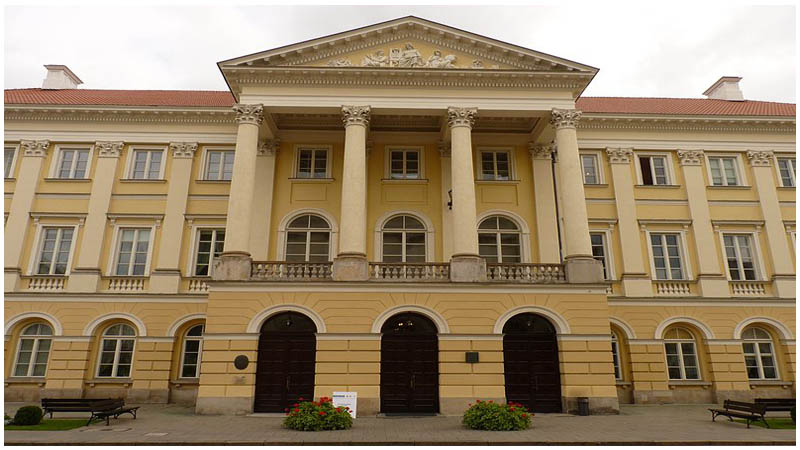Kazimierz Palace was erected in 1637 for King Władysław IV Vasa. The king also erected the famous Sigismund’s Column, which was demolished during the Warsaw Uprising. The palace was constructed in the style of Mannerist architecture, the precursor of Baroque, upon the architectural plans of Giovanni Battista Trevano.
The building followed a rectangular shape and each of the corners was adorned with a tower. The design was inspired by the Villa Poggio Reale, an Italian Renaissance villa erected for Alfonso II of Naples.
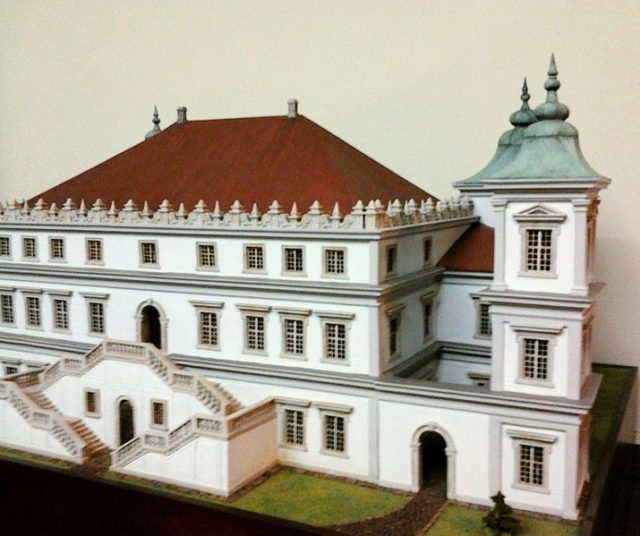
The palace was initially known by the Latin name Villa Regia, which translates as ‘Royal Villa.’ A gorgeous loggia was incorporated into the design, which served as a garden facade and faced the river Vistula. There were two gardens in the grounds: one, the flower garden, stood in front of the villa; and the other, the botanical garden, was located behind the palace.
In both gardens stood lavish statues, obtained by the notable royal architect Agostino Locci. According to Polish Baroque composer Adam Jarzębski, among the statues where Hercules fighting Nessus and a Horse Bitten by a Snake.
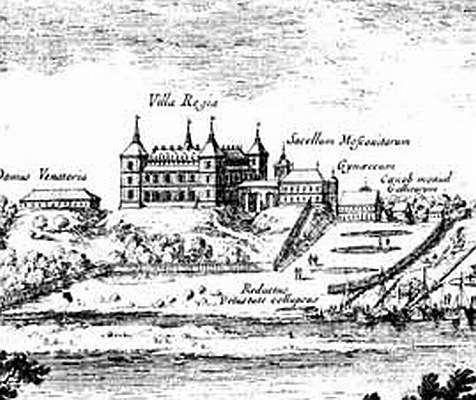
Another notable feature of the gardens was the large arbor, which inspired Flemish royal painter Christian Melich to use it as his studio. At a later date, Queen Marie Louise Gonzaga used the arbor to host her literary salons.
The interior of the palace had the finest furnishings money could buy. During the mid-17th century, another sculptor was hired, Giovanni Francesco Rossi, to work on marble decorations and the busts of both Marie Louise Gonzaga and John II Casimir Vasa. Rossi also sculpted busts of a number of Roman emperors.
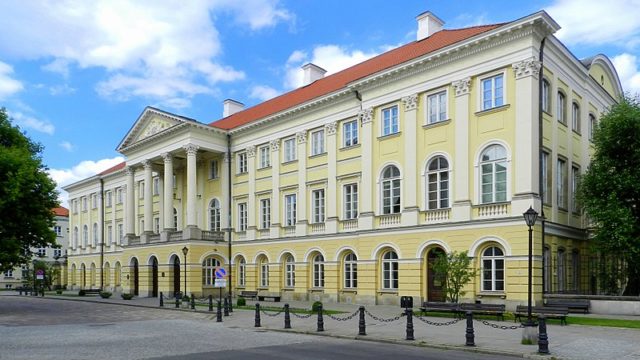
The decorations were so significant that Charles X Gustav of Sweden ordered the decorations and window frames to be removed and taken to Sweden for safekeeping during the Swedish Deluge.
The palace was also equipped with a concert hall, the ceiling of which was decorated with an oil painting of the patroness of musicians, Saint Cecilia. The concert hall was used frequently and was also decorated with a number of lavish statues. During the Deluge, the statues were stolen and transported to Berlin, and sculptures from the gardens were transferred to Sweden.

The Swedish Deluge marked the end of the villa; after it had been pillaged, it was burned to the ground. When the political turmoil was over, the palace was erected anew in 1652, following the designs of Izydor Affait. It was once more renovated in 1660 and became known as Kazimierz Palace, now the favorite residence of King John II Casimir.
Seven years later, the palace was left vacant and abandoned. Towards the end of the 17th century, the palace was again ravaged by fire and destroyed completely.
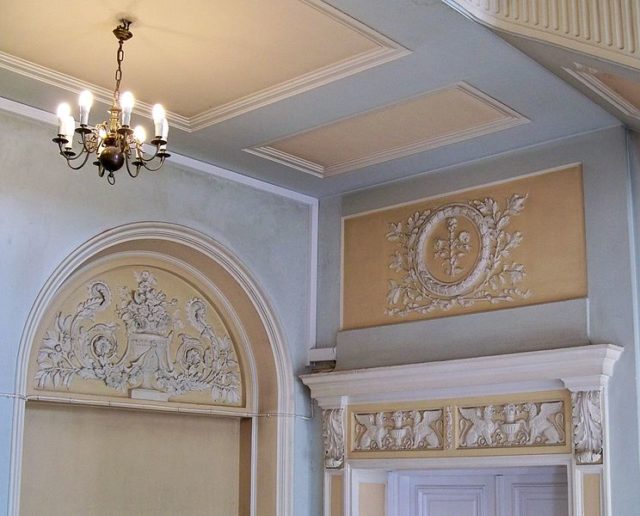
In 1724, the property went to Augustus II the Strong, who added an entrance gate and eight barracks. A decade later, it was transferred to Aleksander Józef Sułkowski, who had the palace rebuilt in the 1730s.
The palace continued to change owners until 1816 when it became the seat of Warsaw University. During the same period, the secondary school Warsaw Lyceum was also part of the building. Nicolas Chopin, the father of Frédéric Chopin, acquired a post teaching French. From 1823 to 1826, Chopin attended the school, where he learned to play the organ.
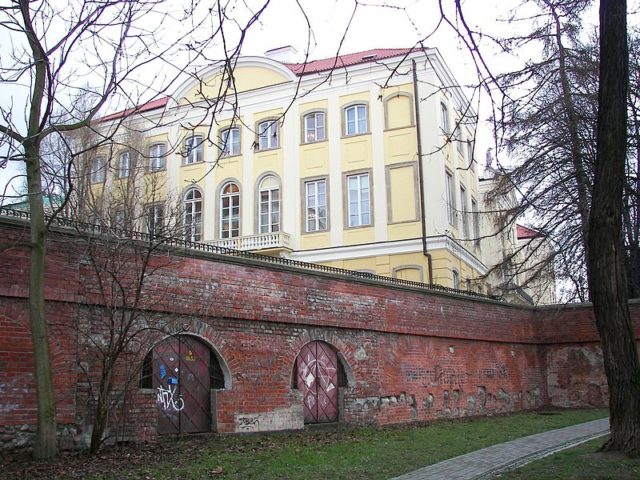
The building was once again destroyed during World War II but was again rebuilt in 1960, designed by Piotr Biegański. Today, it is home to the rectorate of Warsaw University and part of it serves as a museum.
